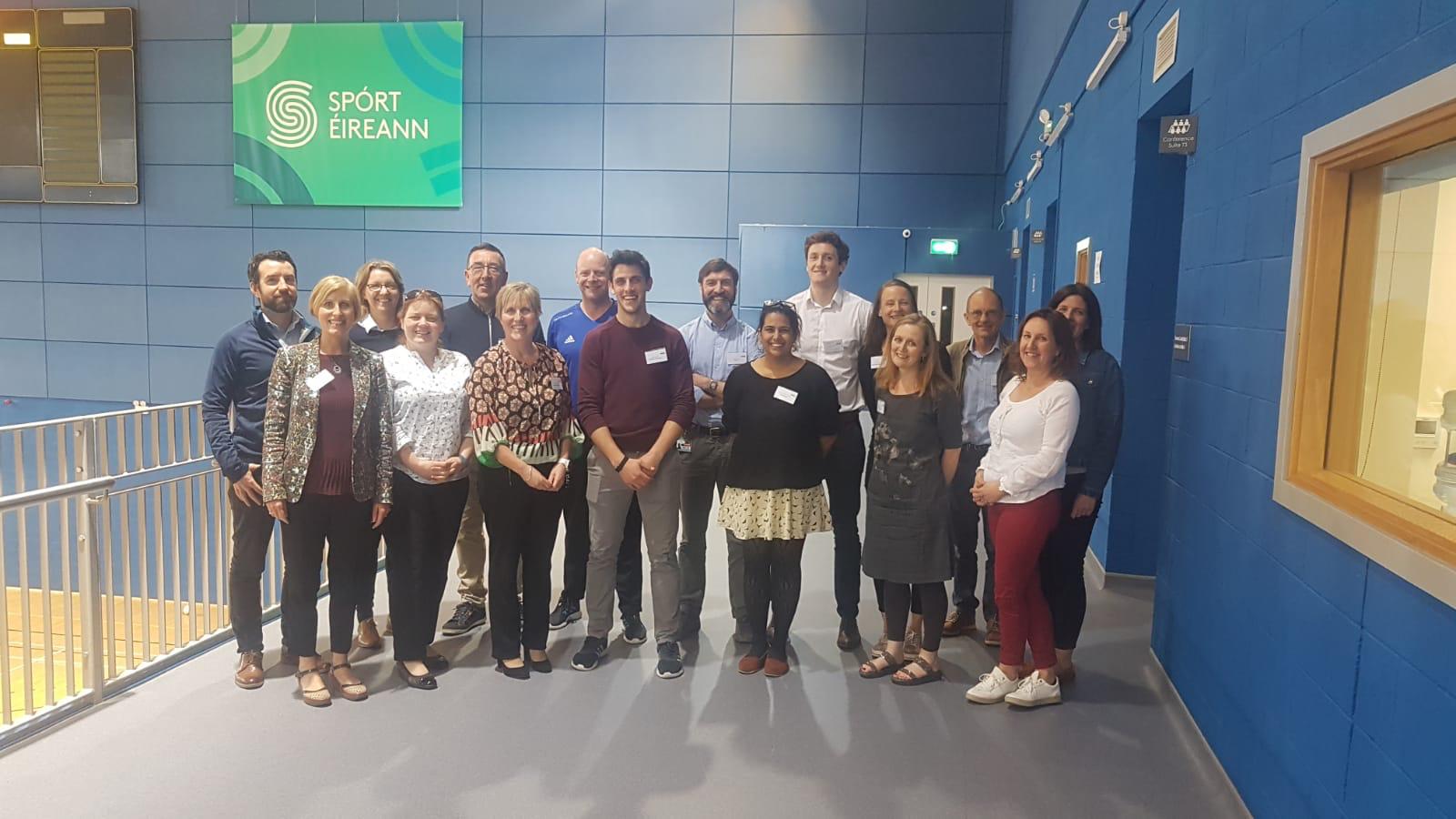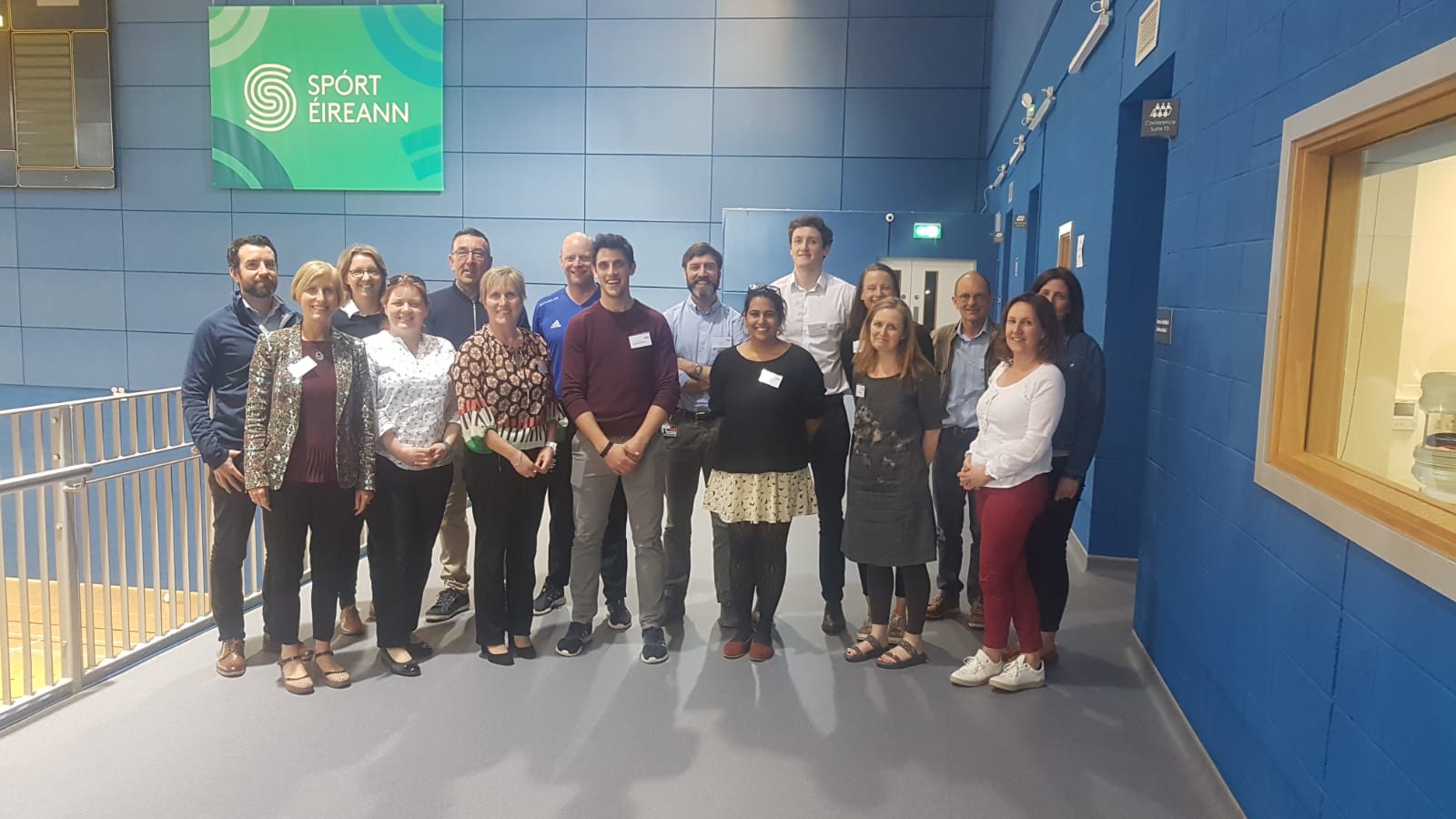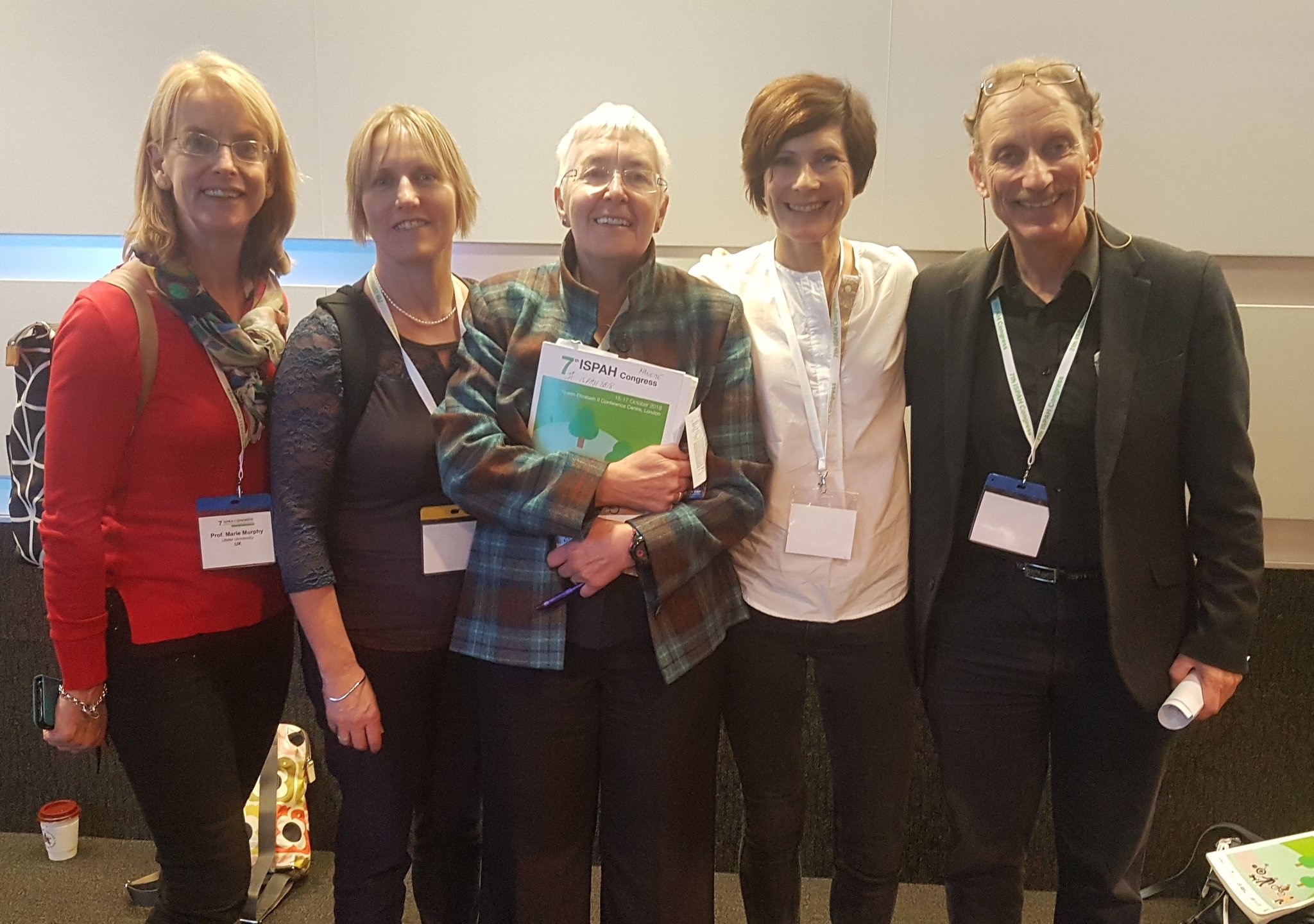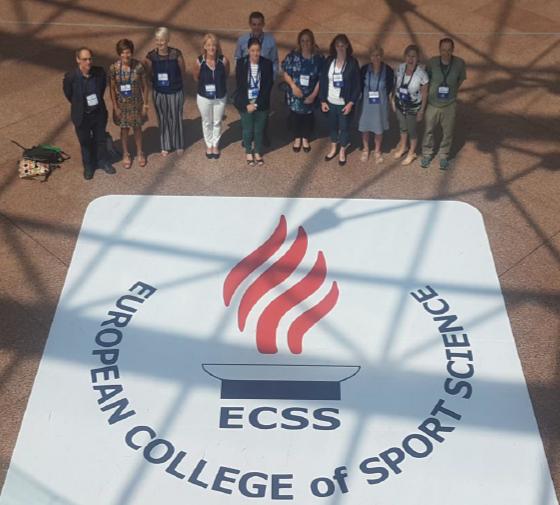“Getting Ireland Active” – Application of a systems approach to increase physical activity in Ireland using the GAPPA framework.
A recent I-PARC publication explores how pragmatic methods were used to enable stakeholders across various sectors on the island of Ireland to explore the current good practice and future actions needed for physical activity promotion.
One aim of the I-PARC is to understand and aid the enabling context for increasing population levels of physical activity. Since it’s establishment in 2018, members of the I-PARC team have acknowledged that this is a complex challenge with no single solution – unfortunately! It was evident that for real sustained “change” multiple sectors who have a role to play in physical activity promotion need to work together for this common goal. To enable this, the I-PARC team wanted to host a “systems approach” workshop to bring various sectors together and discuss the current context for physical activity promotion in Ireland. When planning this workshop, it was realised that the World Health Organization’s Global Action Plan on Physical Activity roadmap (seen below) could be used to allow this approach to be pragmatic and provide clear actions.
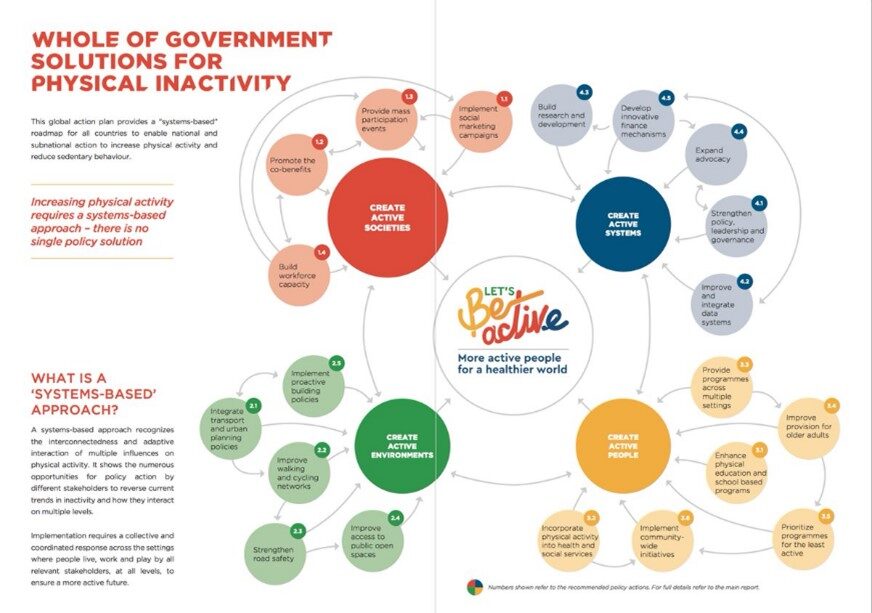
To implement this systems approach workshop, I-PARC used a 3-stage process that seen:
- Researchers review 3 policy documents directly related to physical activity promotion in Ireland to understand the current policy context. This provided knowledge of what was currently happening at a policy level and who needed to be included in stage 2 and 3.
- Forty stakeholders engaged in a 2-day “systems approach” workshop. The aim of the first day was to increase awareness of systems approaches and how they can be useful for physical activity promotion across a population. The aim of the second day was to use knowledge gained on the first to understand the current good practices and identify gaps for promoting physical activity in Ireland. As seen in the image below, the GAPPA map was used to facilitate the process of identifying and sharing this good practice and gaps across sectors.
- An additional 12 stakeholders took part in an online review of the output from the workshop. The purpose of this was to ensure input was gained from under-represented sectors.

The findings revealed that the physical activity policy context in Ireland aligned closely to the GAPPA policy action areas, with the creation of an “Active System” the most common strategic objective. In total, 49 stakeholders with experience in physical activity policy, research and practice across the academic, sport, health, education, transport, charity, built environment, and child and family services sectors took part in the workshop and online review. They identified 80 examples of good practice and 121 actions for greater impact across the different sections of the GAPPA roadmap. Examples of good practice and suggested actions can be found in the full publication (see link at end of blog).
Overall, those involved in this project realised the process is probably more important than the final output. By this, I mean that the process of bringing individuals from different sectors together to identify the role they play, but also how it is inter-related with other sector’s work can hopefully generate future conversations and collaboration. When discussing the findings we have tried to provide recommendations for the Irish context and for other countries.
- For Ireland, it is important that relevant stakeholders within the Irish “system” utilise the knowledge generated from this approach and identify areas that are seen as lacking support or that have current good practice but warrant additional support.
- For other countries, the strategies used in this Irish case study can be adopted to understand the current context for physical activity promotion but can also be used to raise awareness and advocate use of the GAPPA, which is important for its implementation.
Finally, it is important to acknowledge the role I-PARC played in facilitating this work. Over two years was spent building relationships between sectors which helped get some of the “right” people involved in these activities. The hope is that the connections made, along with the good practices identified and suggested actions, can be used to guide the future enabling context for physical activity promotion in Ireland.
If you are interested in reading the full publication, it can be found here: https://doi.org/10.1123/jpah.2020-0864
This blog was written by Dr. Joey Murphy who is a Lecturer in Physical Activity and Health at the University of Bristol.
Twitter: @JoeyJMurphy
Staff Profile: https://research-information.bris.ac.uk/en/persons/joey-murphy

